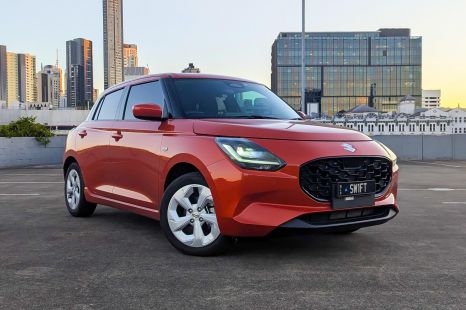

William Stopford
2025 Suzuki Swift Plus review
4 Days Ago
Sales recoveries in the final quarter weren't enough to stop 2020 being the worst year for new vehicle sales in Australia since 2003. Toyota was dominant, the Chinese brands are booming, and utes topped the charts once again.

Senior Contributor
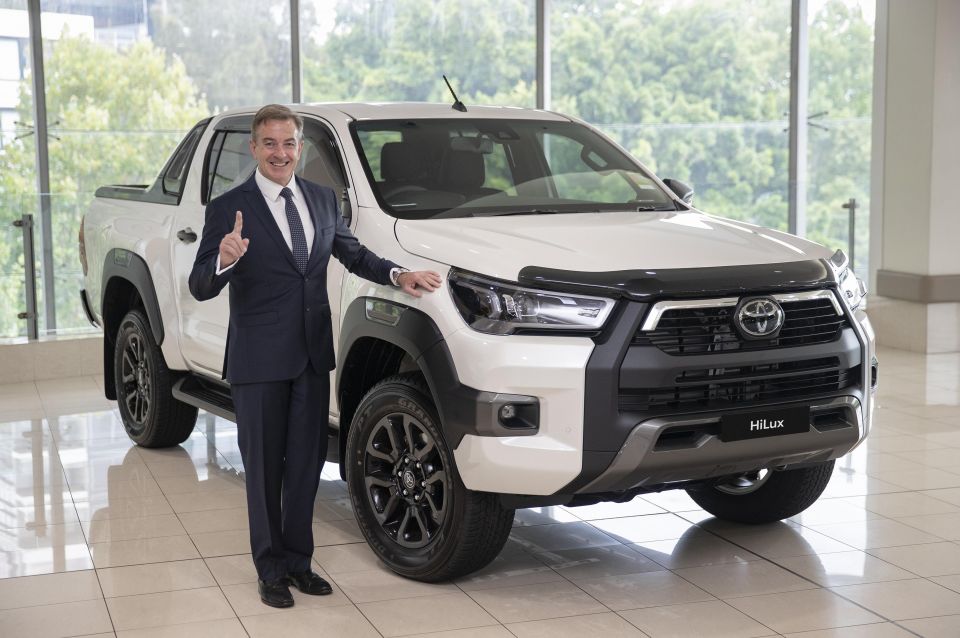

Senior Contributor
New car sales in Australia totalled 916,968 during 2020, making it the lowest annual tally since 2003. It’s also the first time the market failed to top one million units since 2009.
VFACTS data submitted by car brands showed a year-on-year sales decline of 13.7 per cent during 2020 – as the economy tipped into recession, and experienced a record quarterly GDP decline, largely on the back of COVID-19 restrictions.
But there’s reason for optimism, with market-wide sales growing by 12.4 per cent during November and 13.5 per cent in December. These were the first two positive-growth months in more than two-and-a-half years, indicating some of the market’s issues pre-dated COVID.
“We are optimistic that it’ll bounce back, as the economy will,” Federal Chamber of Automotive Industries chief executive Tony Weber told us today.
“I think it’ll be north of where it is now [in 2021], and most probably over a million [units] again – where it should be.”
To give the market a broad breakdown: SUVs achieved a record 49.6 per cent total market share in 2020 (up 4.1 percentage points), while conventional passenger cars (sedans, wagons, hatches, coupes, convertibles, and MPVs) managed 24.2 per cent share (down 5.5 percentage points).
Light commercial vehicles achieved 22.4 per cent total market share, up 1.2 percentage points.
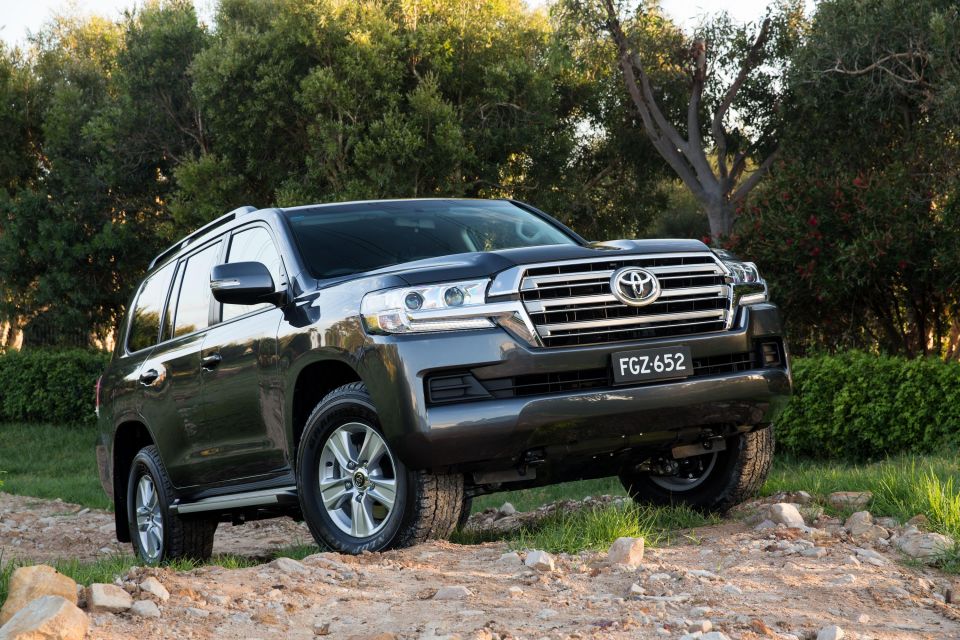
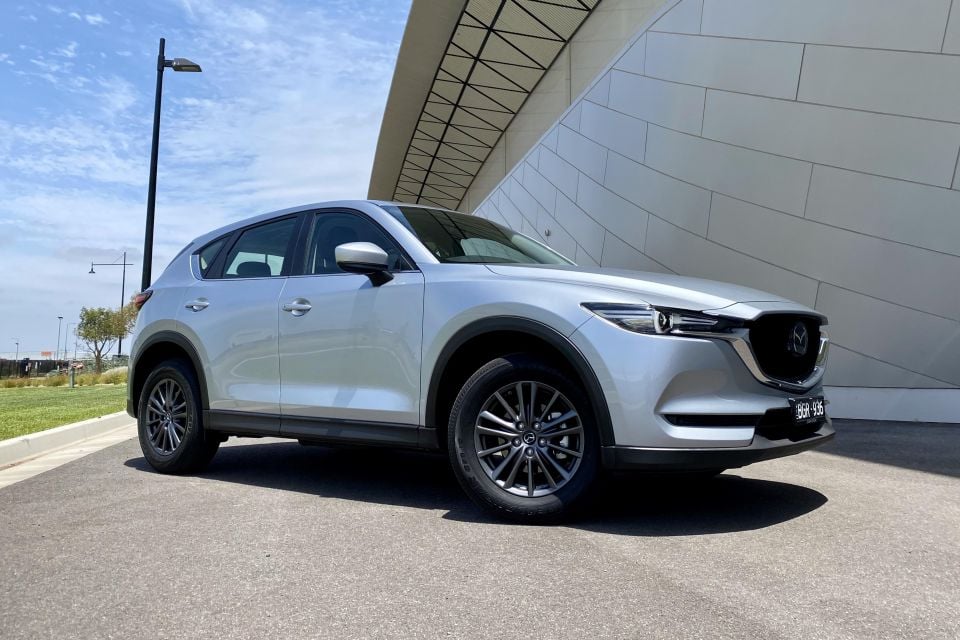
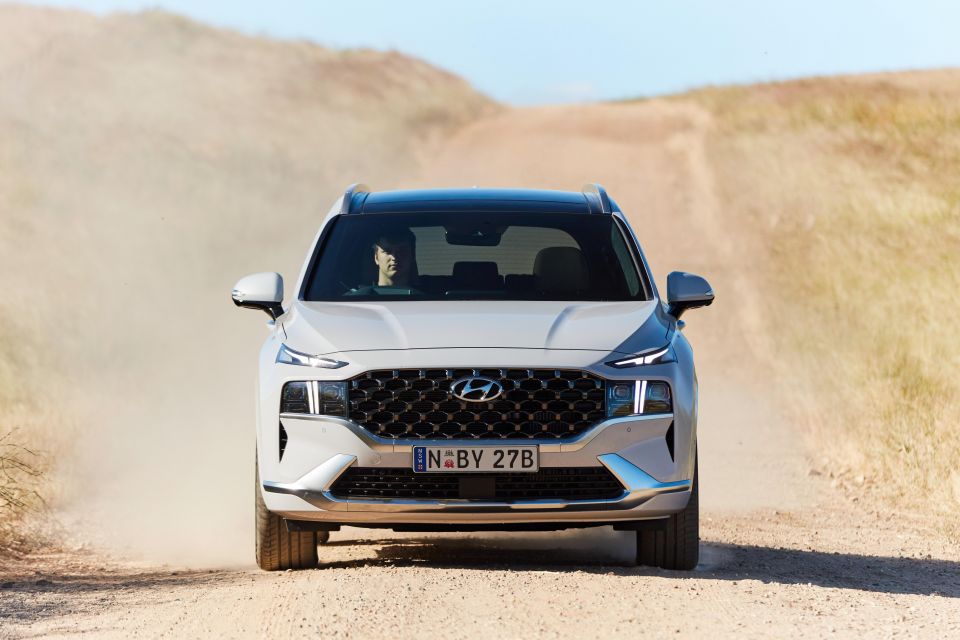
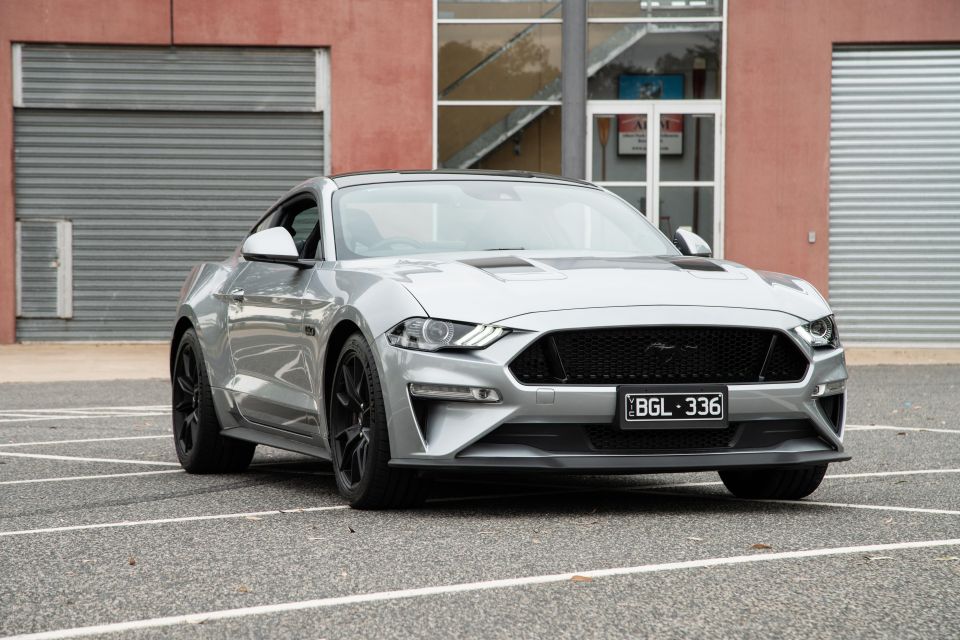
Toyota was clear market leader for the 18th year in succession. It sold 204,801 vehicles, down just 0.5 per cent over its 2019 haul. As such, its market share spiked to 22.3 per cent, its best figure since 2008.
Toyota also sold the market’s top-selling SUV (RAV4), light commercial (HiLux), and passenger car (Corolla). More than a quarter of its total (54,335) were petrol-electric hybrid cars.
Mazda finished clear in second with 85,640 sales, despite a 12.3 per cent sales dip, while Hyundai rounded about the podium with 64,807 sales (down 24.7 per cent). Both of these brands have previously eclipsed 100,000 annual sales.
The rest of the top 10 were: Ford (59,601, down 5.8 per cent), Mitsubishi (58,335, down 29.9 per cent), Kia (56,076, down 8.8 per cent), Volkswagen (39,266, down 21.4 per cent), Nissan (38,323, down 24.2 per cent), Mercedes-Benz (36,233, down 6.3 per cent including vans), and Subaru (31,501, down 21.3 per cent).
In a gloomy year there were some manufacturers which managed to grow their sales. The top three among this subset are all Chinese, showing the growing demand and availability of affordable cars imported from the world’s largest market – one with which Australia is having a sizeable diplomatic row.
MG grew its sales by 83.2 per cent to 15,253 units, finishing 17th overall and nipping closely at the heels of Suzuki in 16th. LDV grew by 43.9 per cent to 9323 units, putting it into 18th place.
While these two brands have different local distributors – MG has a factory importer, LDV uses Ateco Automotive – they’re part of the same company globally (SAIC Motor). Combined, SAIC’s Australian sales in 2020 thereby hit 24,576 units, putting it in 12th place overall between BMW and Honda.
You can find a full table of the 2020 car sales by brand below:
| Brand | 2020 sales | Change |
|---|---|---|
| Toyota | 204,801 | -0.5% |
| Mazda | 85,640 | -12.3% |
| Hyundai | 64,807 | -24.7% |
| Ford | 59,601 | -5.8% |
| Mitsubishi | 58,335 | -29.9% |
| Kia | 56,076 | -8.8% |
| Volkswagen | 39,266 | -21.4% |
| Nissan | 38,323 | -24.2% |
| Mercedes-Benz | 36,233 | -6.3% |
| Subaru | 31,501 | -21.3% |
| Honda | 29,040 | -33.8% |
| BMW | 23,520 | +0.9% |
| Isuzu Ute | 22,111 | -12.6% |
| Holden | 16,688 | -61.3% |
| Audi | 15,868 | +1.0% |
| Suzuki | 15,586 | -10.0% |
| MG | 15,253 | +83.2% |
| LDV | 9323 | +43.9% |
| Lexus | 8846 | -8.0% |
| Volvo Car | 7700 | -1.0% |
| Renault | 6904 | -20.0% |
| Skoda | 6607 | -5.6% |
| Land Rover | 6339 | -28.6% |
| Jeep | 5748 | +4.1% |
| Porsche | 4243 | +2.0% |
| Ram Trucks | 3320 | +15.8% |
| Haval | 3294 | +93.1% |
| Mini | 3105 | -3.1% |
| Peugeot | 2129 | -12.9% |
| Great Wall | 1941 | +38.5% |
| SsangYong | 1751 | +68.4% |
| Fiat | 1480 | -27.9% |
| Jaguar | 1326 | -41.7% |
| Alfa Romeo | 734 | -17.6% |
| Maserati | 467 | -3.1% |
| Genesis | 229 | +122.3% |
| Chrysler | 218 | -25.3% |
| Ferrari | 205 | -20.2% |
| Citroen | 203 | -49.3% |
| Infiniti | 197 | -65.5% |
| Bentley | 165 | -13.6% |
| Lamborghini | 111 | -24.5% |
| Aston Martin | 92 | -28.7% |
| McLaren | 63 | -28.4% |
| Lotus | 59 | +3.5% |
| Rolls-Royce | 42 | -23.6% |
| Chevrolet | 36 | N/A |
| Alpine | 7 | -80.0% |
| Morgan | 6 | -40.0% |
| Caterham | 1 | N/A |
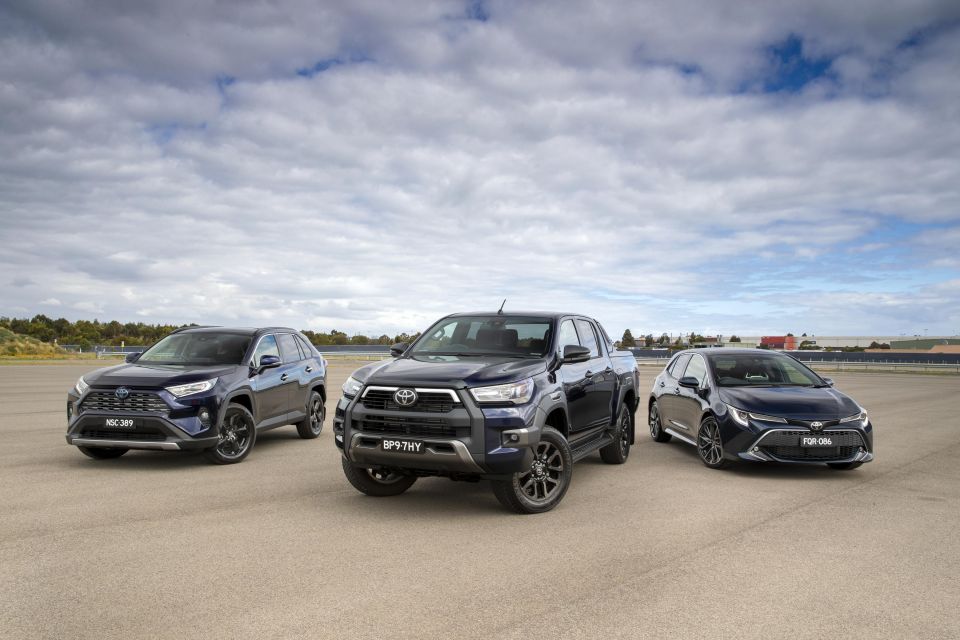
The Toyota HiLux again topped the charts on 45,176 sales, ahead of the Ford Ranger (40,973), though the latter won the profitable 4×4 sales race (37,889 versus 34,766). Once again, Australia’s two top vehicles are utes.
Toyota’s RAV4 was the number-one SUV and third on the charts overall, ahead of the Toyota Corolla, which was again the top passenger vehicle.
Rounding out the top 10 were the Mazda CX-5 (not the number-one SUV, for the first time in a few years), Hyundai i30, Mitsubishi Triton, Toyota Prado, Kia Cerato, and Hyundai Tucson.
You can find a table of the top 25-selling cars below:
| Model | 2020 sales | Change |
|---|---|---|
| Toyota HiLux | 45,176 | -5.2% |
| Ford Ranger | 40,973 | +0.03% |
| Toyota RAV4 | 38,537 | +58.8% |
| Toyota Corolla | 25,882 | -15.1% |
| Mazda CX-5 | 21,979 | -13.9% |
| Hyundai i30 | 20,734 | -26.9% |
| Mitsubishi Triton | 18,136 | -29.8% |
| Toyota Prado | 18,034 | -1.6% |
| Kia Cerato | 17,559 | -19.3% |
| Hyundai Tucson | 15,789 | -13.5% |
| Toyota LandCruiser wagon | 15,078 | +9.2% |
| Isuzu D-Max | 15,062 | -10.8% |
| Mazda 3 | 14,663 | -41.2% |
| Nissan X-Trail | 14,291 | -27.6% |
| Mitsubishi ASX | 14,056 | -32.4% |
| Mazda CX-3 | 13,953 | -5.8% |
| Toyota Camry | 13,727 | -18.1% |
| Hyundai Kona | 12,514 | -6.2% |
| Subaru Forester | 12,300 | -18.5% |
| Mitsubishi Outlander | 12,004 | -31.5% |
| Nissan Navara | 11,486 | -14.4% |
| Toyota HiAce | 10,418 | +19.7% |
| Volkswagen Golf | 10,355 | -31.2% |
| Toyota LandCruiser cab-chassis | 10,064 | +9.1% |
| Kia Seltos | 9966 | +386.6% |

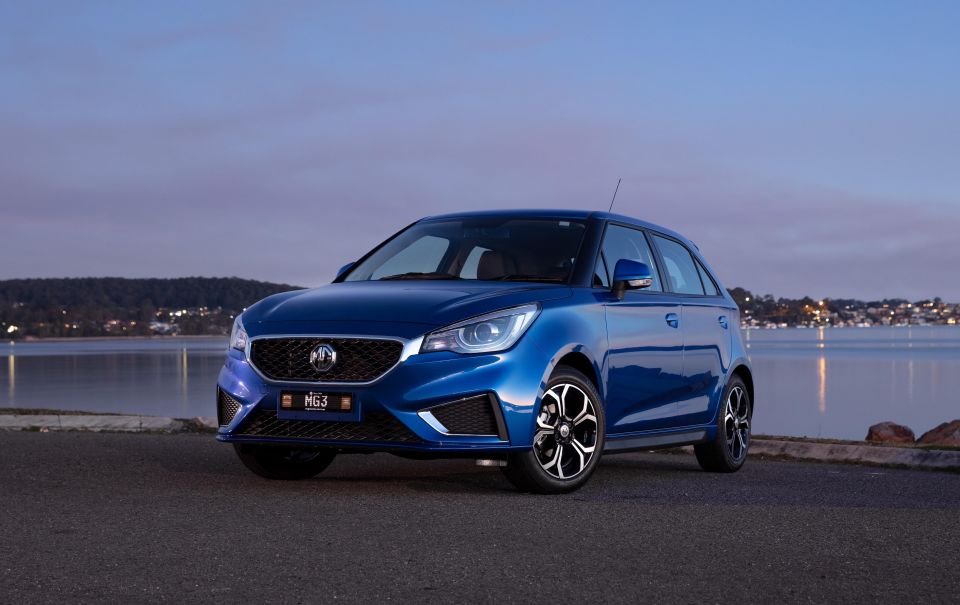
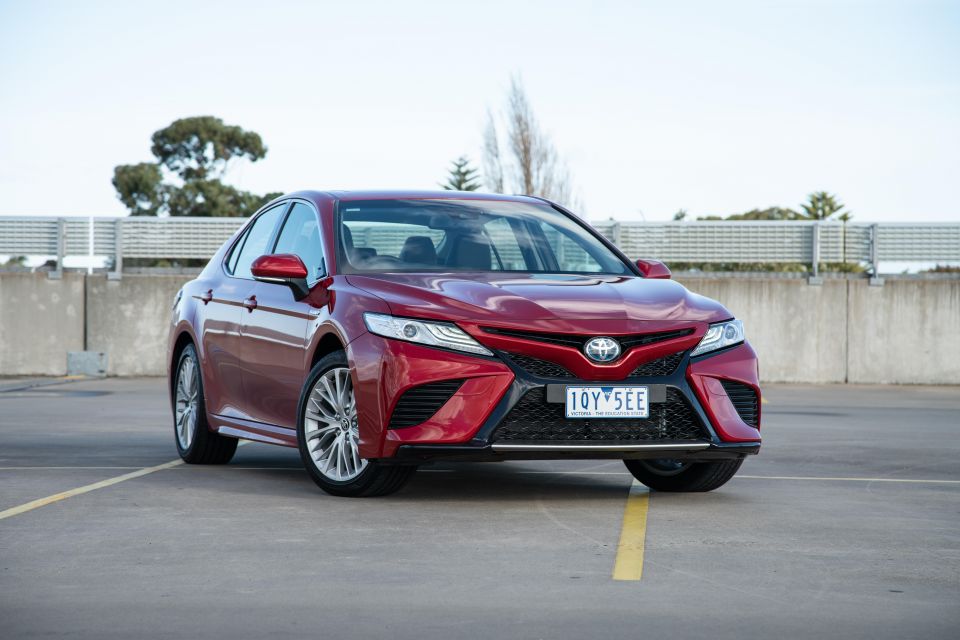

We can also identify the most popular models in each vehicle segment, as defined by the FCAI in its VFACTS data.

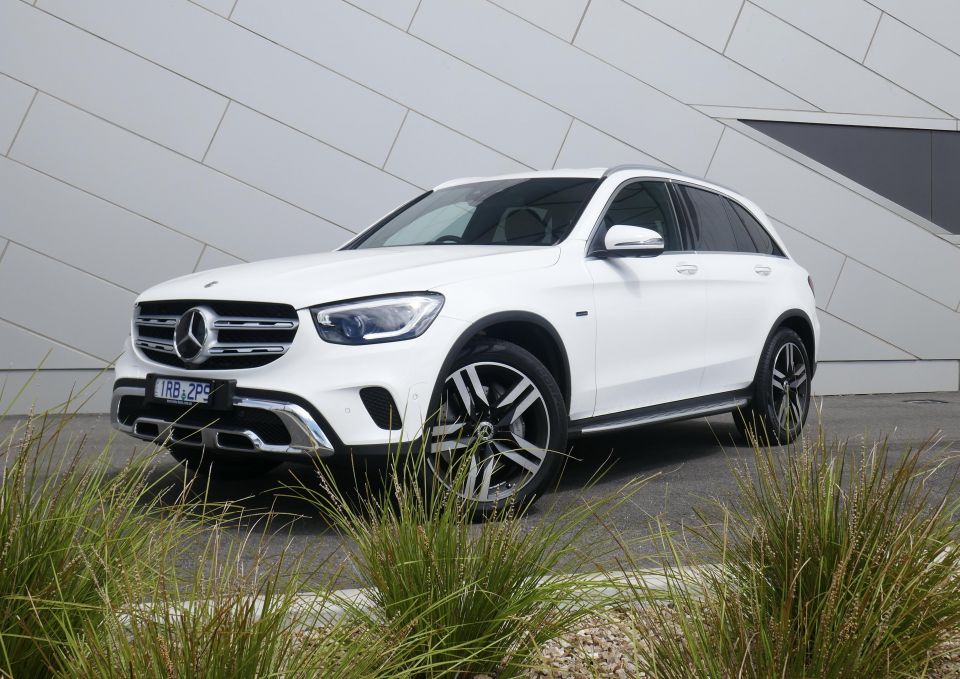

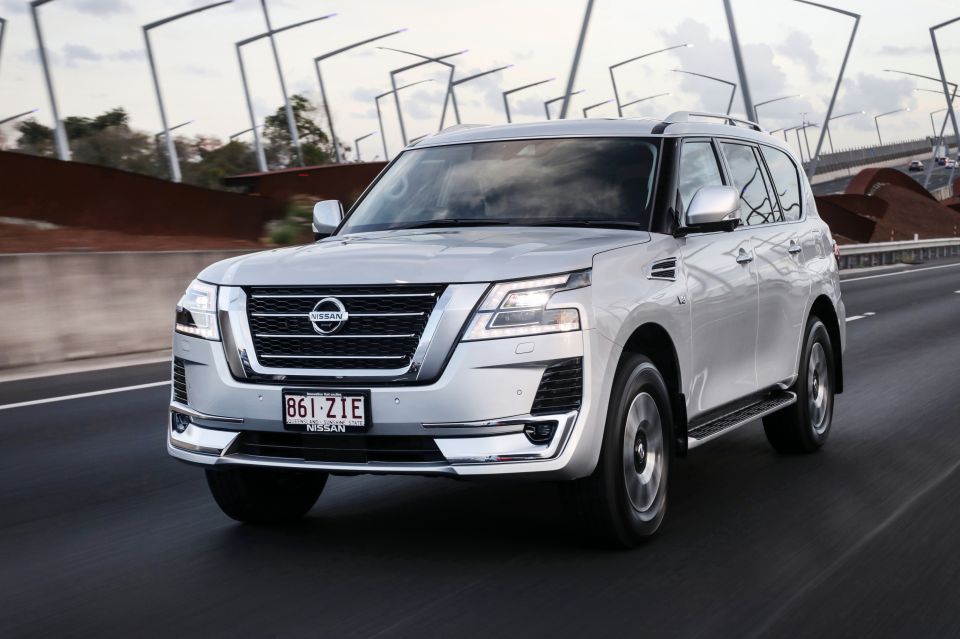
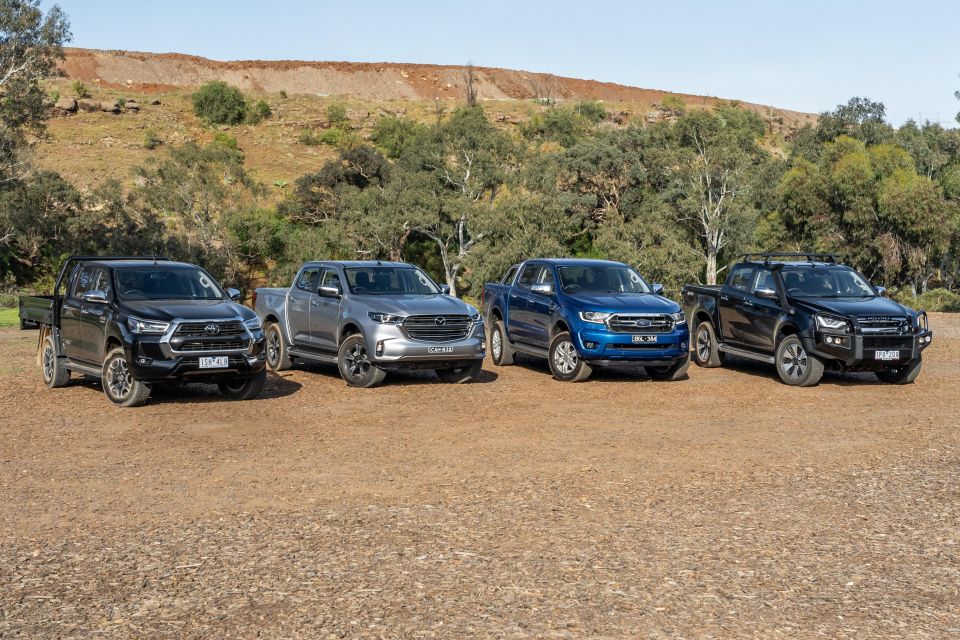
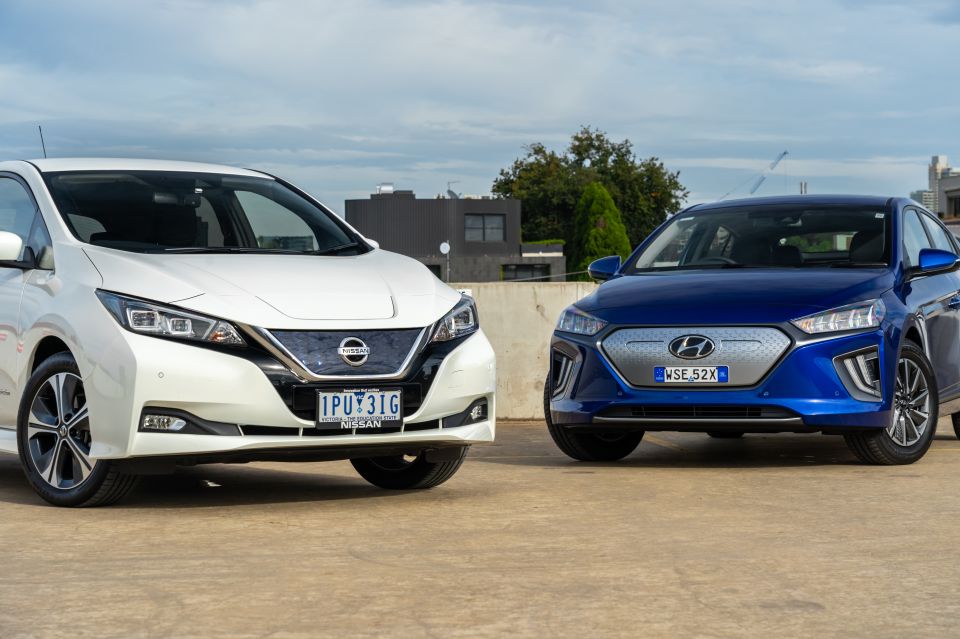
Sales by State or Territory: NSW (302,117 sales, down 11.1 per cent), Victoria (226,467, down 25.6 per cent), Queensland (195,769, down 8.9 per cent), WA (89,434, down 2,7 per cent), SA (60,084, down 10.6 per cent), ACT (19,693, up 22.6 per cent), Tasmania (15,673, down 22 per cent), NT (7731, down 10.2 per cent).
Buyer-type breakdown: Private (449,376 sales, down 6.1 per cent), Business (367,932, down 15.7 per cent), Rental (34,676, down 53 per cent), Government (30,417, down 15.7 per cent).
Top segments by market share: Medium SUVs (19.6 per cent), 4×4 Utes (16.7 per cent), Small Cars (13.2 per cent), Small SUVs (12.6 per cent), Large SUVs (11.9 per cent), Light Cars (4.2 per cent).
Sales by engine type: Petrol (527,871, down 19.8 per cent), diesel (290,659, down 12.5 per cent), hybrid (60,417, up 93.7 per cent), Electric excluding Tesla (1769, up 16.2 per cent), PHEV (1685, up 18.2 per cent).
Top sources of vehicles: Japan (309,601, down 7.3 per cent), Thailand (213,456, down 21.3 per cent), Korea (123,725, down 17.9 per cent), Germany (58,558, down 30.4 per cent), USA (33,731, down 18.3 per cent), China (30,696, up 70.9 per cent).
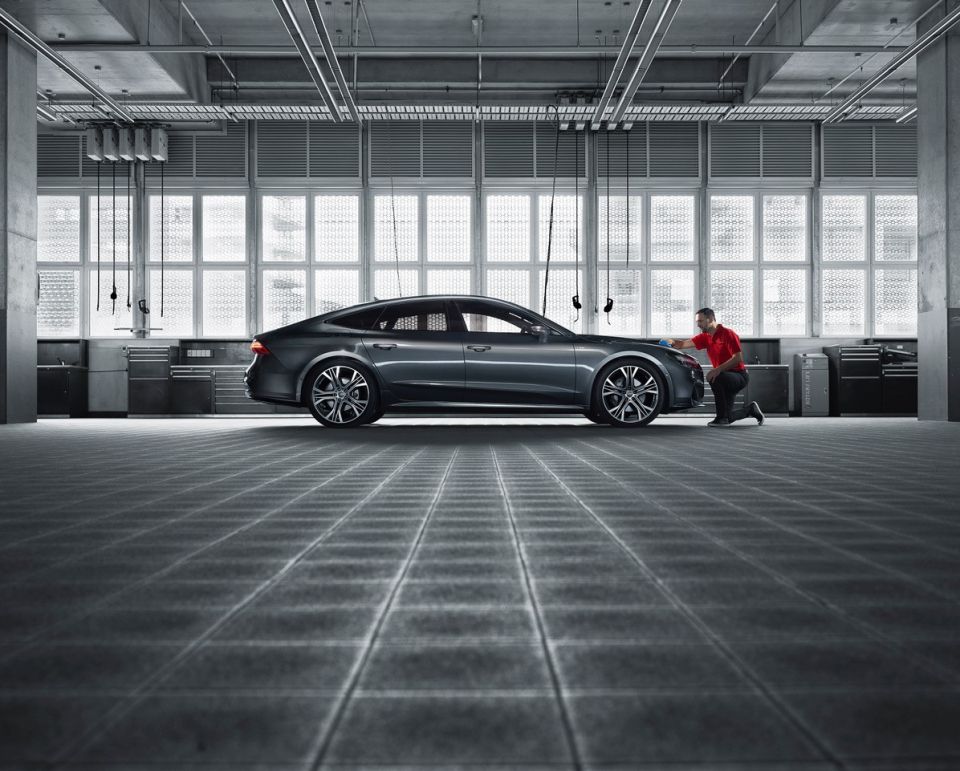
“COVID-19 has brought a health crisis and a corresponding economic crisis to the world during 2020,” said FCAI chief executive Tony Weber.
“And along with the rest of Australia, automotive brands and their dealer networks have found the last twelve months an extremely challenging period.
“The automotive industry in Australia accounts for more than 60,000 employees, with over 4,000 dealerships across the country. The contribution made by these businesses is critically important to the economic wellbeing of communities across Australia.
“It is therefore with great relief that the industry, along with the general economy, is finally noting some positive signs within the market.”
I’ll write a separate December 2020 piece shortly.


William Stopford
4 Days Ago


Max Davies
3 Days Ago


Josh Nevett
2 Days Ago


Andrew Maclean
2 Days Ago


Shane O'Donoghue
1 Day Ago
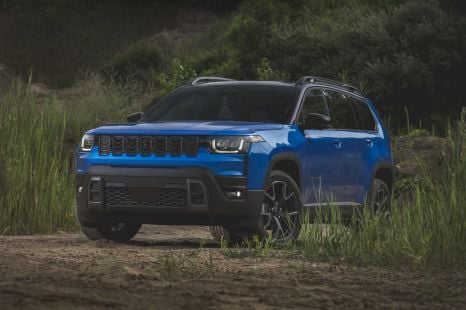

William Stopford
16 Hours Ago